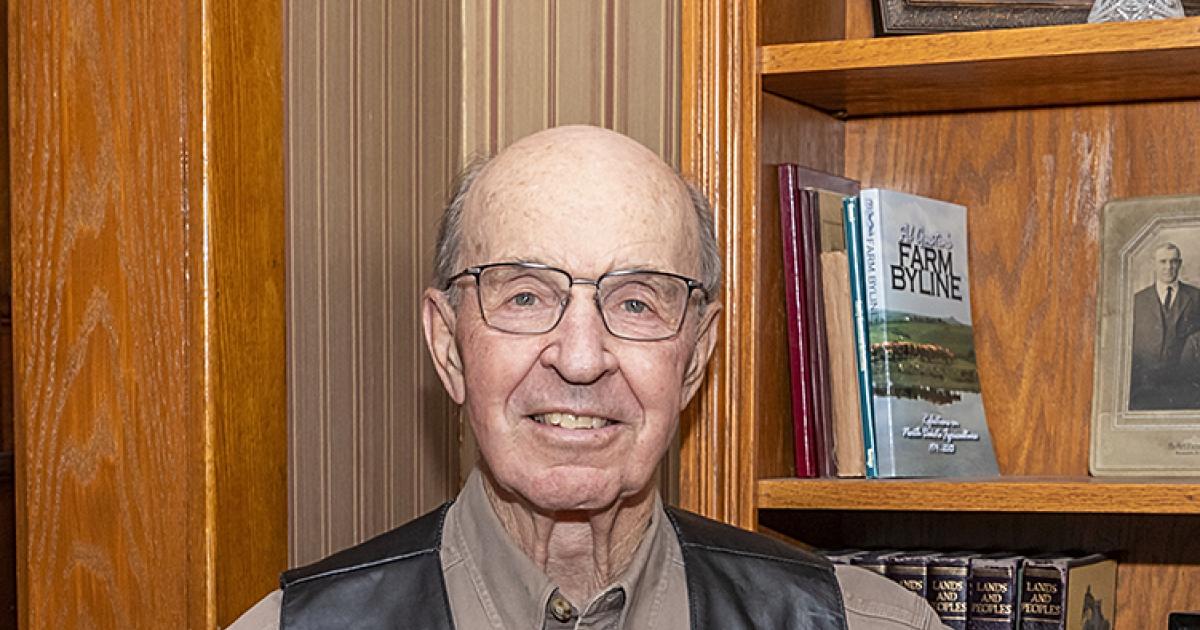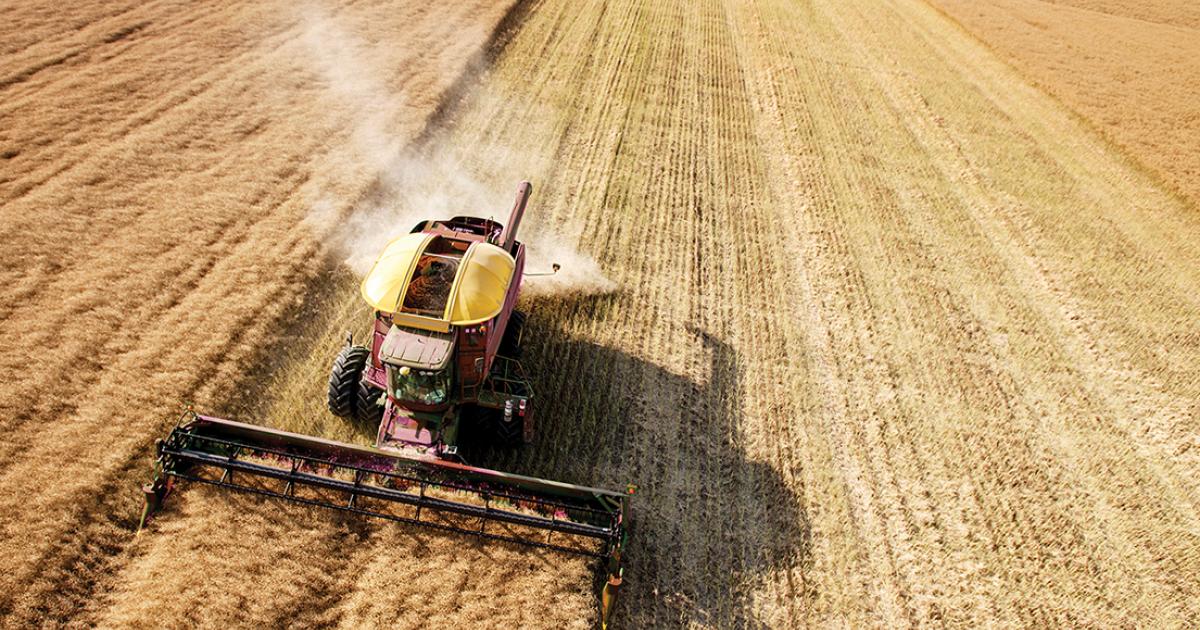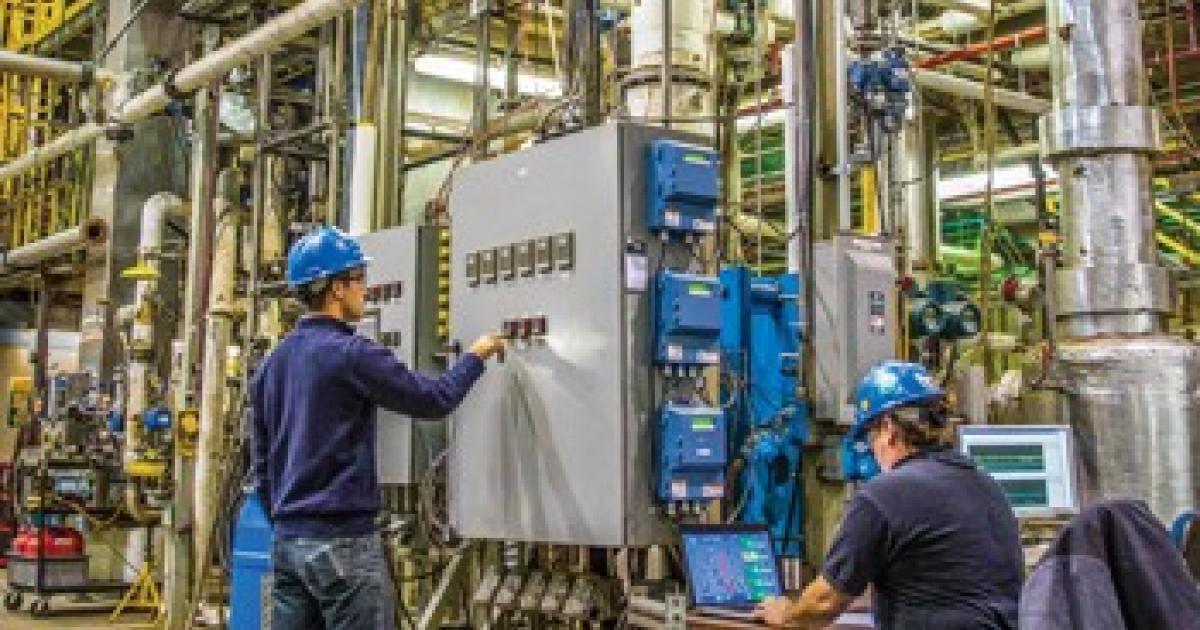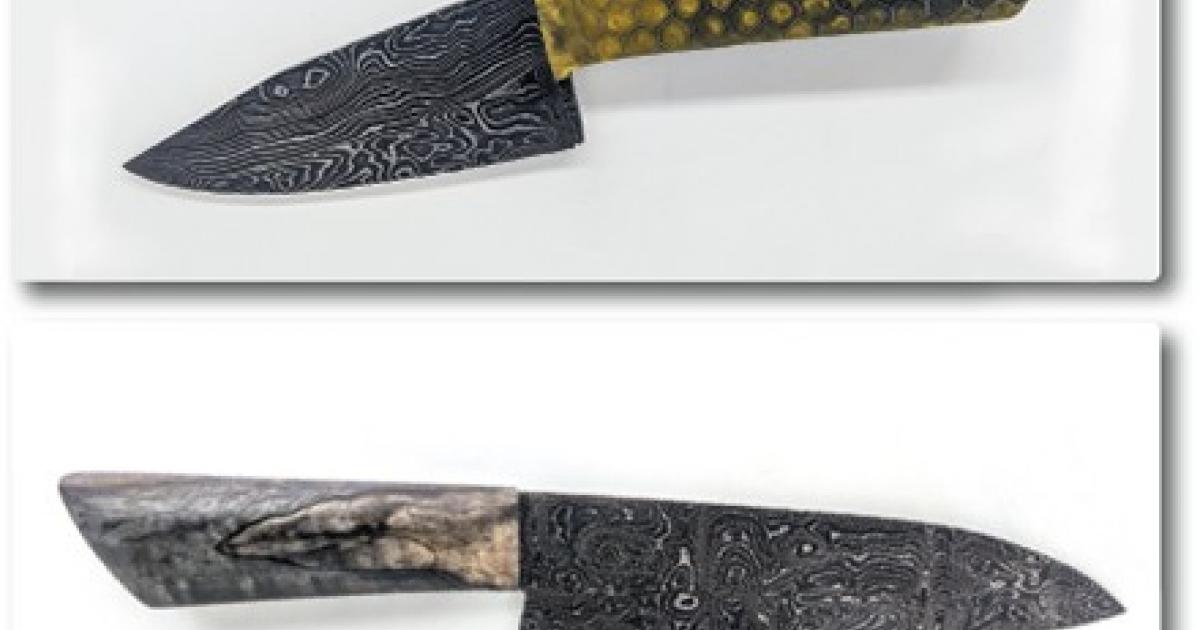I was visiting with a friend recently about the fact fall grazing isn’t what it used to be. Back when farms were more diversified and much of the cropland was devoted to wheat and barley, farmers would turn their cattle onto those fields after harvest. There was usually some pigeon grass or other weeds for the cattle to eat, along with the grass that grew on the headlands and field margins. Today, those wheat fields are clean, thanks to better herbicides, and the headlands and field margins often aren’t as wide as they once were.
Looking at one of those narrower field margins, I was reminded of a hot August afternoon seven years ago. We thought we should check the water tank in a rented pasture 40 miles away. When we got there, we drove the pasture, but couldn’t find the cows. We did eventually find the opening in the fence where the cows had gotten out and into a neighbor’s cornfield. We had become a victim of no-till sprayer/seeder creep.
Before a farmer plants a crop using no till, he’ll often use a burndown herbicide to kill anything already growing in the field. And he might spray a couple of feet beyond what was the field border, intentionally or otherwise. And once the weeds and grass are dead, it’s tempting to plant that oversprayed area. Over time, the field gets a little bigger and the grass border around the field gets narrower and narrower – sprayer/seeder creep.
And so it was for us on that hot afternoon. The neighbor had planted corn to within just a few feet from the fence. The fence surely was adequate, and we didn’t have any fence crawlers in that group. But one of them discovered if she leaned through the fence and pushed hard enough, she could reach that corn. Others soon copied her and eventually the fence gave way and the herd funneled through. In 102-degree heat, we built an electric fence about 10 feet back from the other one, knowing it was the only way to prevent a repeat of the scenario.
Most crops today are raised with no tillage or little tillage, and there are many benefits of no-till farming. Sprayer/seeder creep is one of its unintended consequences.
___
Al Gustin is a retired farm broadcaster, active rancher and a member of Mor-Gran-Sou Electric Cooperative.










